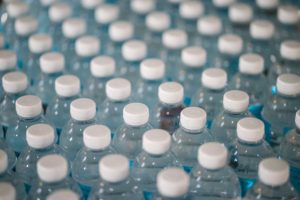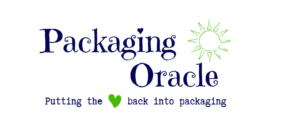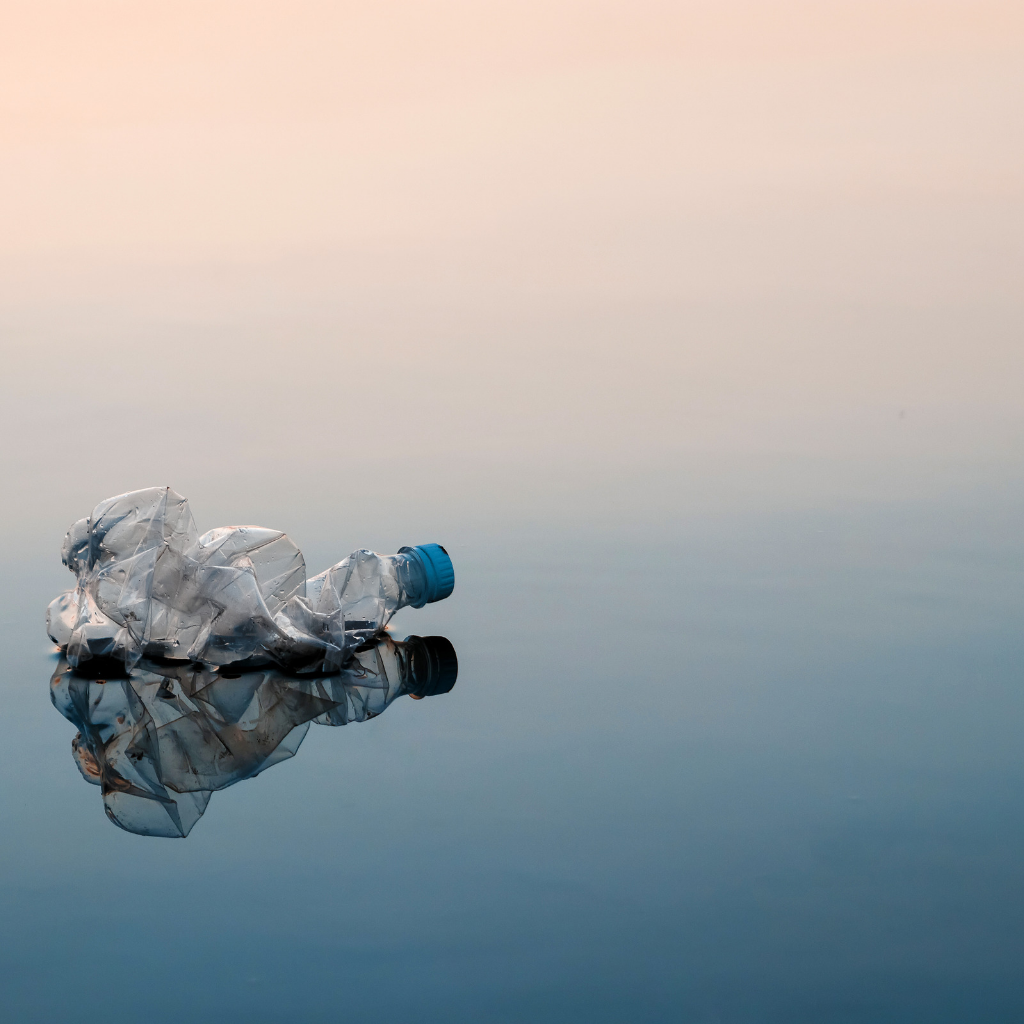When plastic became the “wonder” product for solving so many modern issues in the 1970s, we did not envisage that 50 years later, it would be considered the “biggest environmental disaster” that humans have caused.
Talk to anyone on any street, and they will say we have too much plastic, we need to get rid of plastic, and we don’t need plastic. The global media has whipped us into such a frenzy that plastic is seen as the “evil” in our world.
Related topics: Charcoal Water Filters Can Reduce Plastic Waste – 30 Day Plastic Challenge – China Plastics Challenge – The Plastics Problem
When looking at solutions, people either want to go back to “the good old days” of paper, glass and metal or look forward with blinkers at alternative materials as though they are miracle cures.
We are currently heading down a narrow path to eliminate plastic from our lives, not considering the bigger picture, not challenging the alternatives that are being presented, and therefore ensuring that we are conducting thorough research.

Are our “Solutions” to the Plastic Challenge the Right Answer?
When we became reliant on plastics, we didn’t look bigger picture. Hindsight is a wonderful thing, but that hindsight is what we should be using now to really truly evaluate if the changes we are making now are really better than the plastics we are replacing.
Focusing on packaging alone, we are seeing that the “solutions” to plastic are not as green as we first thought. Climate change and loss of biodiversity are still the biggest environmental factors to be hitting our planet. When we look at solutions to our plastic problem, we have to consider these points too. However, we are being distracted and blinded by the media foray about plastic and forgetting that we need to unite together and consider all sides of the story. Mainstream media is more interested in ratings than facts, so how can we expect people and organizations to make the right choices?

When we look at the work conducted by many organizations over the decades, it has been primarily to drive down cost (let’s be realistic – most organizations do environmental work for the cost-benefit, not for the good it’s doing the planet) but it’s still being done, and there are some benefits.
For example, thousands of distribution journeys have been cut by moving from glass bottles to PET bottles. The total carbon impact of the reduction of these journeys has been immense. Take into consideration the amount of energy that is needed to produce glass. Moving back to glass is a backward step and will have more of an impact than plastic on climate change. We have always dumped rubbish in our environment. Glass and metal have been injuring our wildlife for centuries. They should not be considered a no-impact solution.

The paper industry around the world is also raising alarm bells. We do not have enough sustainably grown trees to move back to paper. Some of the latest research is now questioning if quick-growing softwood trees are sequestering enough CO2 to offset their end of life use.
As demand for paper grows to replace plastic, more and more indigenous forests are being replaced with single crop forests. It is becoming harder and harder to source PEFC and FSC certified materials that are prioritizing biodiversity.
Many people want to move back to metal but do not consider the environmental impact. Not only do we need high energy levels to produce these products, but we have to consider the total environmental impact, which includes the destruction of habitats for minerals such as bauxite. Although countries such as Australia have regulations in place to reduce this impact, as demand grows and we mine from places such as Nigeria and Malaysia, we must ensure that the source of these raw materials is sustainable and ethical.

Surely compostable and bio-degradable materials are the answer? There is a lot of greenwashing in this area and not enough research on the impact of degraded materials at the micro and nano level. From materials that supposedly degrade down to carbon dioxide and water to the “sustainable” crops, there are many questions around whether they are as good as they seem.
Caution Moving Forward
We need to question every new idea as though it was a new plastic. Is it safe, clean, and ethically sourced? How is it grown? Is it sustainable? For all new materials, we must not create new “demons” for future generations to deal with.
Whilst all this is going on, we must not forget to ask one fundamental question: Do we actually need to replace plastic in the first place?
Now don’t get me wrong – if we develop packaging in the right way, we could use it to reduce millions of tonnes of food waste, feed starving people across the world, help eradicate disease and ultimately save lives. However, we use plastic packaging for things we don’t need and then applaud everyone for replacing the plastic. The beer can collation unit is a prime example of companies moving to “eco-friendly” versions of multipacks by removing the plastic rings that held the cans together. It’s to be applauded, but we are missing the point. It’s not needed. We are all capable of going into the shop, putting 4 cans in a basket, paying for it, and putting it in our reusable bag to take home. Yet, rings that hold cans together are a convenience that we think is essential, so we make solutions and use resources that we don’t need to replace the plastic which was never needed in the first place.
Editor’s Picks:
Change the Way We Think
As we go into a new generation of life, look at the way we live, and move forward with technological advances, we need to consider if the items we are applauding for their environmental credentials are needed. We must not create new “demons.”
Plastics have been used for the last 50 years. Now, we need to step back and conduct adequate research for the future of design and packaging.
Plastic is a problem, but, at times, it is the best solution available. We should reject it where possible, then reduce it or replace it with truly sustainable and ethically sourced materials that will have little to no impact on our climate, habitats, and lives. With this mindset, we can change the world.












